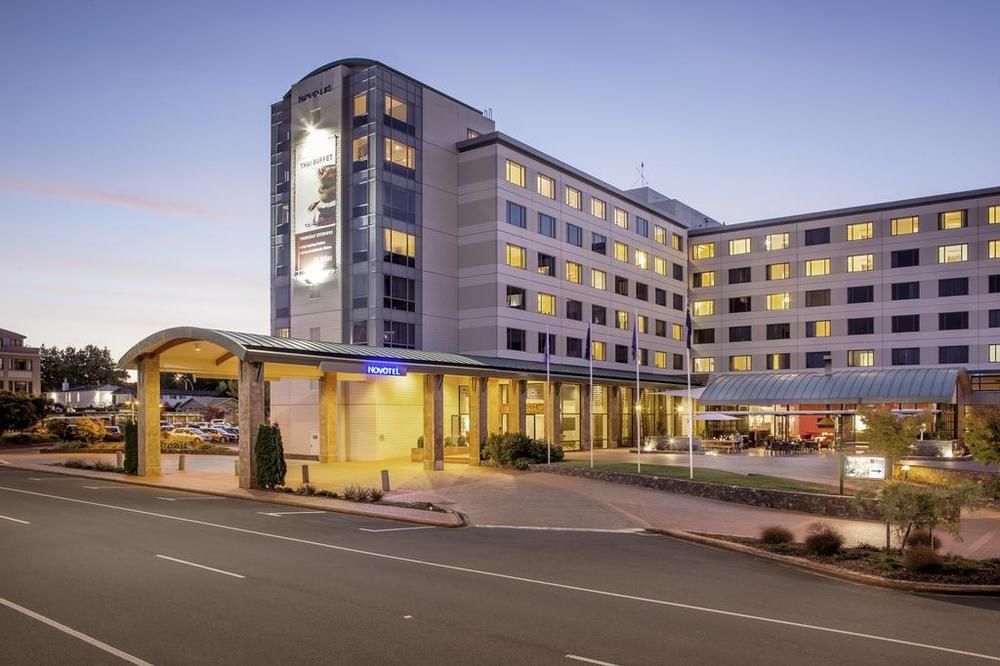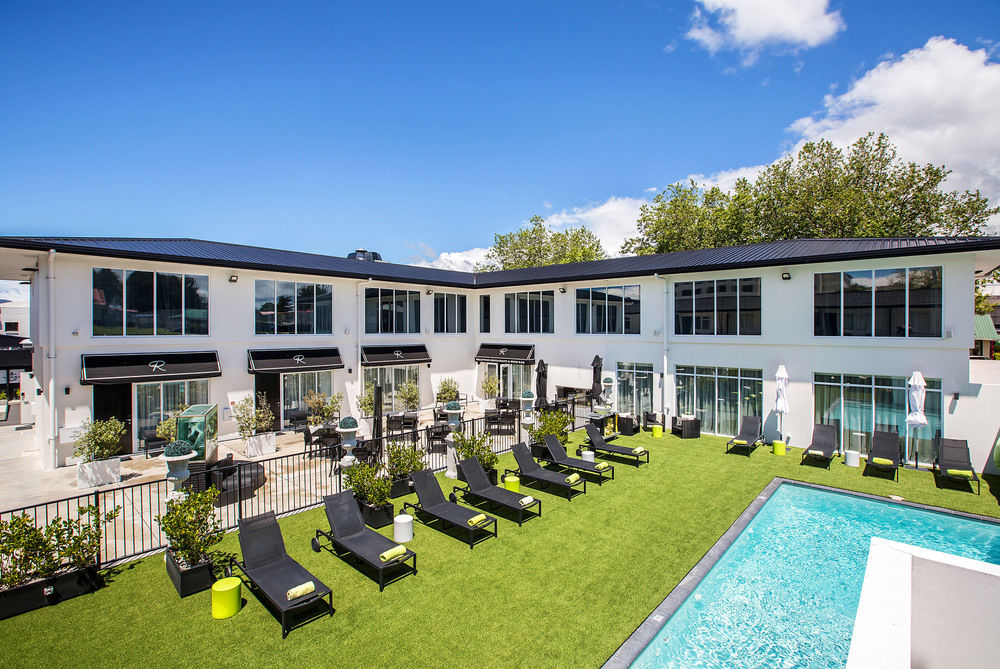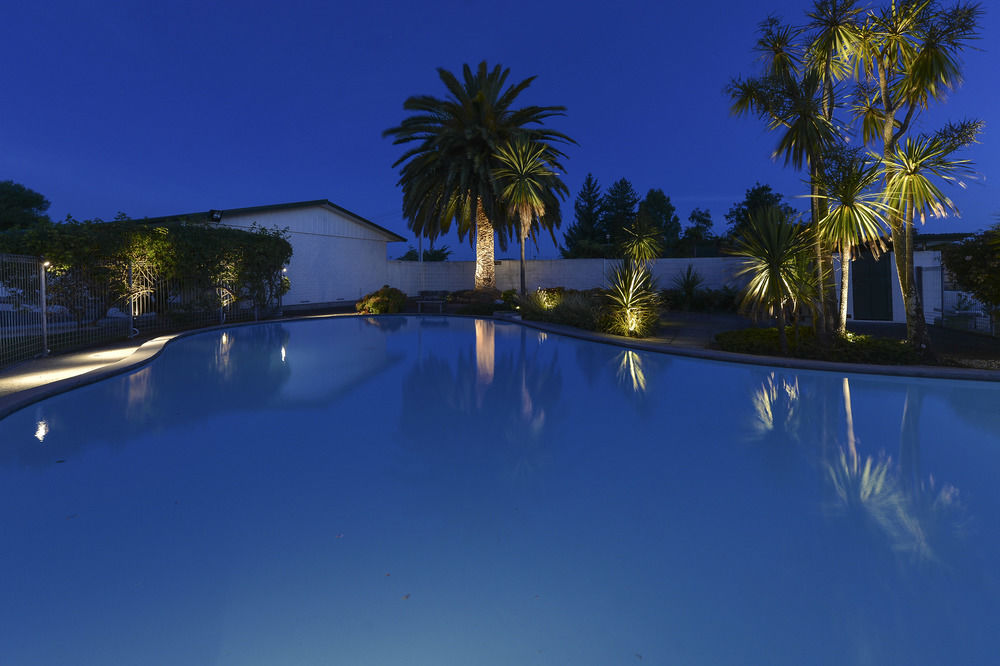
ロトルアホテル検索結果
AIが見つけた軒のホテルの最安値をご覧ください。
ベストホテル
最安値のホテル
ホテル等級
AIおすすめ
ロトルアベストホテル
ロトルア 最低価格のホテル
最高評価のホテル
ロトルアにある5つ星ホテル
ロトルアにある4つ星ホテル
ロトルアにある3つ星ホテル
AIがおすすめする世界の旅行先
ロトルア近くのホテル情報
ロトルア 旅行に欠かせない情報
“A city of high-quality spa in New Zealand”
Rotorua [ˌɾɔtɔˈɾʉa] (Māori: Te Rotorua-nui-a-Kahumatamomoe "The second great lake of Kahumatamomoe") is a city on the southern shores of Lake Rotorua from which the city takes its name, located in the Bay of Plenty Region of New Zealand's North Island. It is the seat of the Rotorua District, a territorial authority encompassing Rotorua and several other nearby towns. The majority of the Rotorua District is in the Bay of Plenty Region, but a sizeable southern section and a small western section are in the Waikato Region. Rotorua is in the heart of the North Island, 60 kilometres (37 miles) south of Tauranga, 80 km (50 mi) north of Taupo, 105 km (65 mi) east of Hamilton, and 230 km (140 mi) southeast of the nation's most populous city, Auckland.
Rotorua has an estimated permanent population of 59,500, making it the country's 10th largest urban area, and the Bay of Plenty's second largest urban area behind Tauranga. The Rotorua District has a total estimated population of 72,500, of which 3,600 live in the Waikato section.Rotorua is a major destination for both domestic and international tourists; the tourism industry is by far the largest industry in the district. It is known for its geothermal activity, and features geysers – notably the Pohutu Geyser at Whakarewarewa – and hot mud pools. This thermal activity is sourced to the Rotorua caldera, in which the town lies. Rotorua is home to the Toi Ohomai Institute of Technology.
The Lakes of Rotorua are a collection of many lakes surrounding Rotorua.
 時間 UTC+12
時間 UTC+12 通貨 NZD
通貨 NZD 言語 English, Maori
言語 English, MaoriStaypiaだけの特別な特典
リアルタイムホテル最安値比較
AIが見つけたin ロトルアの軒のホテルのリアルタイム最安値を簡単に比較検索できます。
316万軒のホテルを最安値で予約
最低価格に最大31%追加メンバーシップ割引でさらにお得にご予約いただけます。
自分だけの
AIがリアルタイムで更新するロトルア旅行情報で便利に旅行を準備しましょう。
よくある質問
一般的なホテルの場合、客室予約はキャンセル締切日前まで無料返金が可能です。キャンセル締切日以降は手数料が発生する場合がありますので、ホテルバウチャーまたはメニュー>マイ予約でキャンセル締切日をご確認ください。
ステピアでは、AIが収集した316万件のホテルの最安値はもちろん、会員限定の追加割引価格で人気ホテルを予約することができます。





























